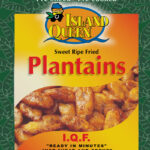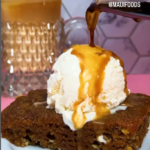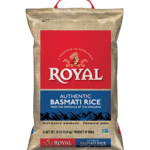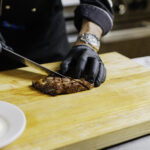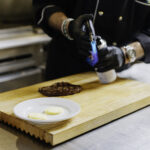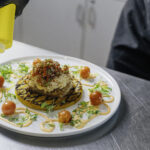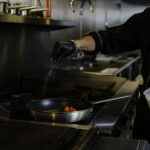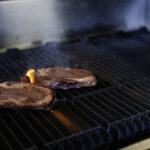Tempering Chocolate
Basic Tempering Principles
The process of tempering chocolate involves incorporating a small amount, typically 2-4%, of solid, stable cocoa butter crystals into melted chocolate. Cocoa butter is capable of solidifying into several different polymorphic forms that, as they cool and set, affect the surface finish, setting time, snap, and mouthfeel of the chocolate. It is important that the cocoa butter crystals in tempered chocolate exist in the correct polymorphic form; we call these stable cocoa butter crystals. The objective in tempering is to arrange the physical “packing” of stable cocoa butter crystals in the right number and size.
The three critical variables that affect the type, size, and number of cocoa butter crystals being formed during chocolate tempering are: temperature, time, and agitation.
- Temperature – critical because cocoa butter crystals both form and melt at specific temperatures.
- Time – necessary for cocoa butter crystals to form and grow.
- Agitation – needed to ensure the cocoa butter crystals are well distributed within the melted chocolate and to prevent their premature growth.
Stable cocoa butter crystals will provide the following properties:
- Snap
- Gloss
- Proper texture
- Bloom resistance
- Good contraction for moulding
Chocolate is in temper when 2-4% of the cocoa butter is in the stable crystal form.
It is important to provide conditions that grow “good” fat crystals and minimize “bad” fat crystals.
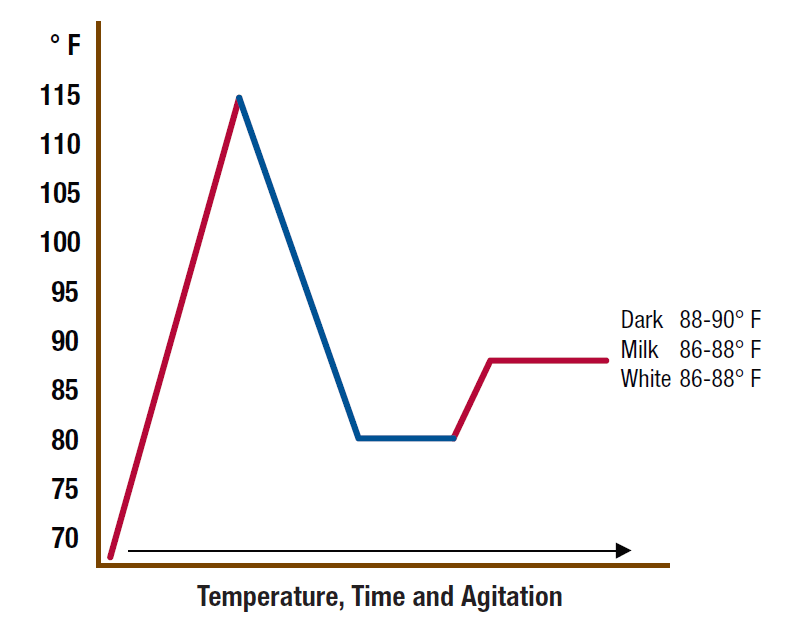
There are four to six different forms cocoa butter crystals assume and each has a unique melting point, set of characteristics, and stability point.
- Gamma – exists in this form for only a few seconds before transforming into Alpha
- Alpha – melts between 50-75° F (not stable)
- Beta I – melts between 60-83° F (not stable)
- Beta – melts between 64-94° F (stable)
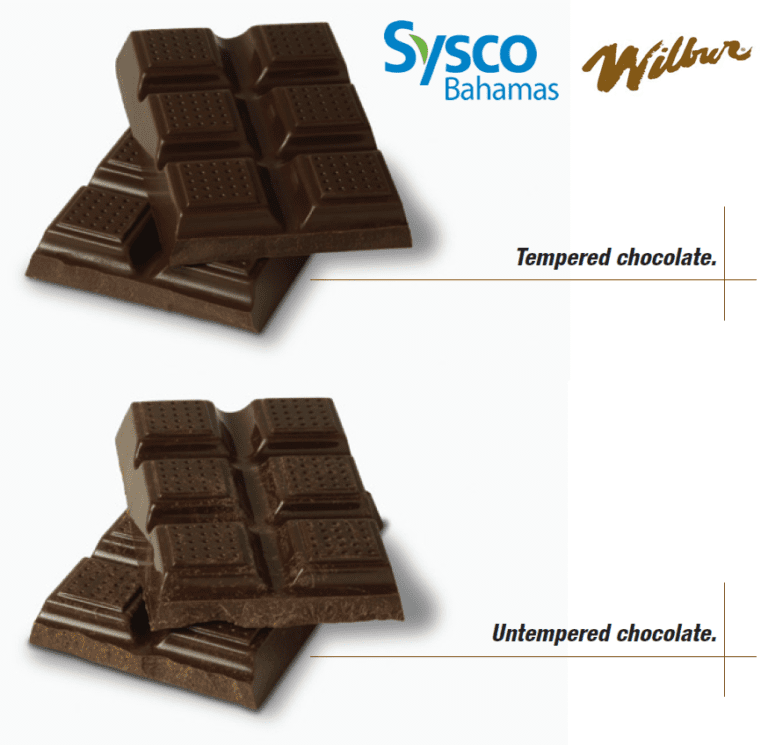
Understanding Proper Chocolate Temper
Properly tempered chocolate will have the following characteristics:
•Shiny/glossy surface
•Even color
•Good snap
•Smooth texture
•Good contraction
•No bloom
Improperly tempered chocolate will have the following characteristics:
•Dull finish
•Fat bloom
•Soft uneven texture
•Poor contraction
•Poor snap
Testing Temper
Manual Method
To check if chocolate is in good temper, dip a metal spatula or knife blade into chocolate and leave a small film on the blade. If the chocolate is firm and not tacky after five minutes at normal room temperature (68° F), it is in good temper. If it is still tacky, place the chocolate chunks back in the bowl and cool about 2° F. Repeat test until tempered.
Using a Tempermeter
The degree of tempering, indicating the quality of stable crystals that have been formed, can be measured by means of a tempermeter.
A tempermeter produces a temper curve that is a temperature-versus-time curve resulting from uniform cooling of the chocolate sample over a specified period of time.
The slope of the temper curve provides a quantitative means of interpreting the amount of heat of crystallization (latent heat) produced during the cooling of the test sample.





